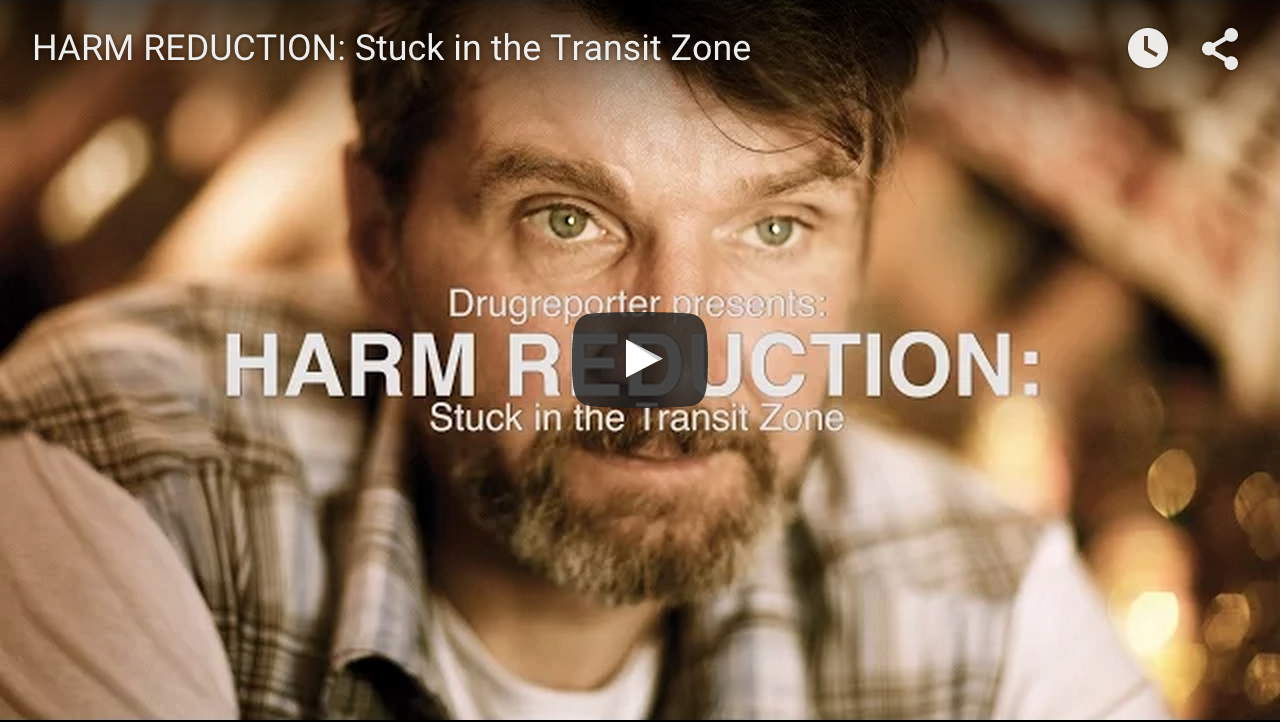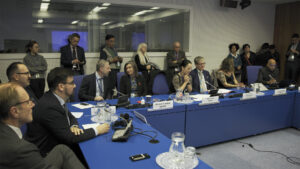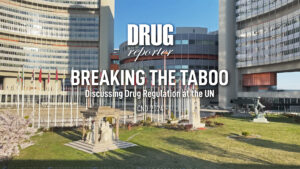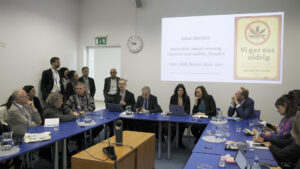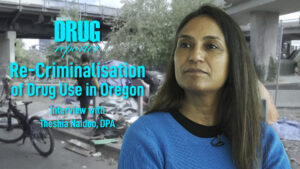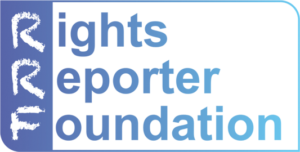Our new movie provides an insight into the state of harm reduction in Eastern Europe: A struggle for survival in a time of economic austerity.
In September 2015, the world’s governments adopted the so-called Sustainable Development Goals (SDGs) – goals which could transform our planet by 2030. One of these goals (3.3) is to “end the epidemics of AIDS, tuberculosis, malaria and neglected tropical diseases, and combat hepatitis, water-borne diseases and other communicable diseases” within 15 years. This ambitious goal cannot be achieved without pushing back the incidence of disease among the most vulnerable populations, including injecting drug users. We know what works to stop the spread of HIV and hepatitis B and C among drug users: Harm reduction – that is, a comprehensive package of prevention services such as needle and syringe programs and opiate substitution treatment. In the past decade, rich countries have spent millions of dollars, via the Global Fund to Fight AIDS, Tuberculosis and Malaria, on developing harm reduction programs in Eastern-European and Central-Asian countries, where the HIV epidemic has been rapidly growing because of the sharing of injecting equipment. Unfortunately, the financial crisis put an end to those prosperous years, when huge financial resources were mobilised to build up harm reduction programs; and the Global Fund is now pulling out of a number of countries in the region, and asking national governments to ensure the transition to sustainable domestic funding. Unfortunately, again, most national governments are reluctant to fund harm reduction programs. In several countries of the region, the end of Global Fund projects has meant the end of harm reduction (Serbia and Montenegro are prime examples of this).
With the support of the Global Fund, the Eurasian Harm Reduction Network (EHRN) organised a regional meeting in Tbilisi, Georgia, between high-level political decision-makers and leaders of the most affected communities – that is, drug user activists – to facilitate a dialogue about transition. Drugreporter’s camera was there to document the event and ask some burning questions: Why has the Global Fund decided to stop funding programs in countries where there is no domestic funding for harm reduction? How are national governments to prepare for a transition? Are governments addressing the barriers to accessing treatment, such as repressive drug laws? We interviewed several key participants, in order to find the answers for you.
If you would like to watch the uncut interview with Mark Dybul, the head of the Global Fund, please click here! If you are interested in the interview with Vinay Saldanha, the director of the regional office of UNAIDS, please click here!
Péter Sárosi and István Gábor Takács
